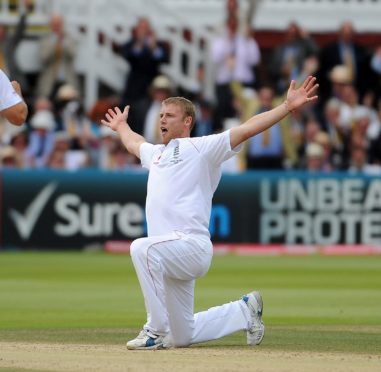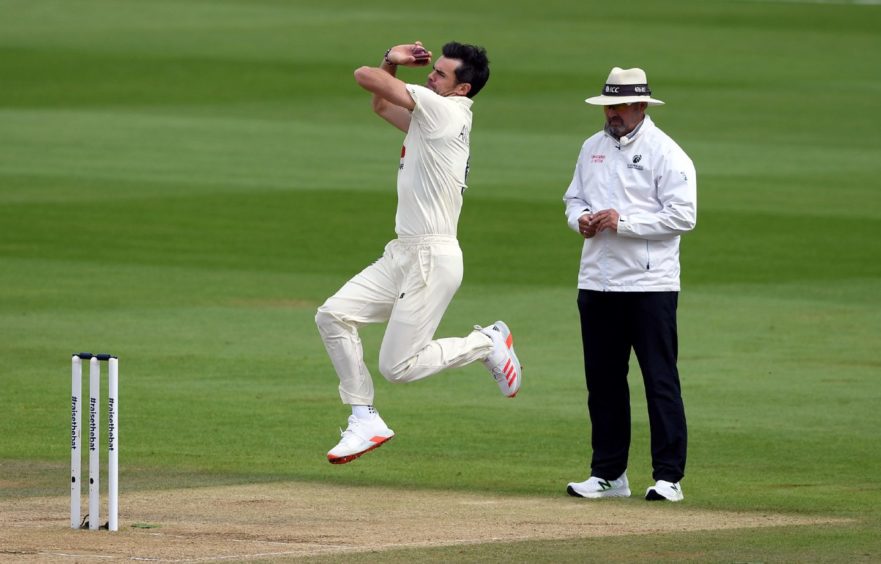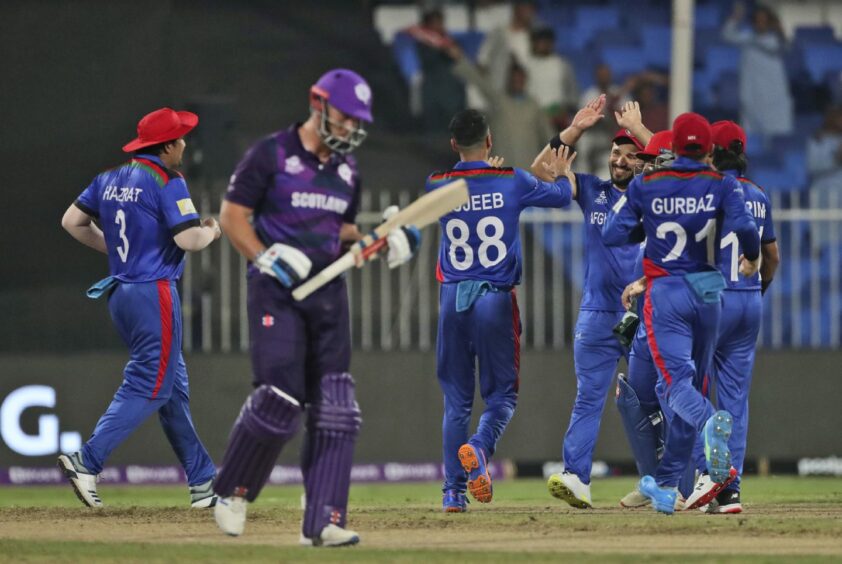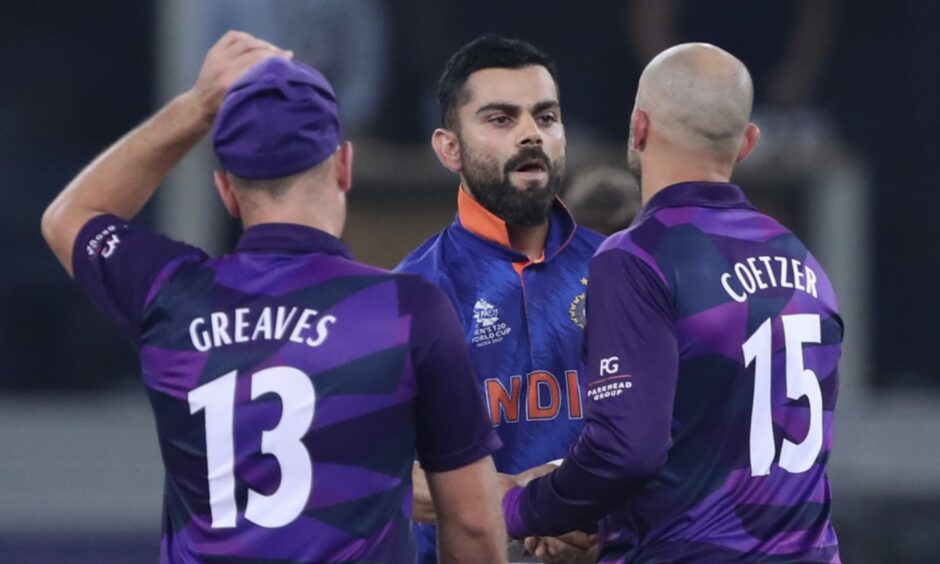It wasn’t quite a blink-and-you’ll-miss it moment, but the fashion in which Australia ripped through England’s tail to wrap up the Ashes was one of the most thrilling blasts of action over the festive period.
Yet, whatever sense of exhilaration was swirling around the home players and supporters in Melbourne, as the baggy-green brigade completed a rapid demolition of their rivals – before lunch on the third day – it should be accompanied by genuine fears about the state of global Test cricket.
After all, where are the great international players these days? How many of the current Aussie line-up would force their way into the ranks of the teams led in ruthless and all-conquering fashion by Allan Border and Steve Waugh during the 1990s and early part of the 21st century?
And is there the danger that a younger generation is growing up with the attitude that Tests are a prolonged and unnecessary distraction from wham-bam white-ball action?
The former England captain, Michael Atherton, analysed many of the failings in the English game while carrying out an exhaustive post-mortem of the factors which contributed to the latest Ashes fiasco.
But, while he was typically forensic and unstinting in pointing the finger at culprits, including the coach, Chris Silverwood, and those who spearheaded the downgrading of the English county structure, there was an underlying sense this malaise extends far beyond his homeland; and that the whole Test edifice is at peril of collapsing like the House of Usher in the next 20 years.
I remember talking about this to the late David Northcroft, the north-east historian and educationalist, who sadly died just before Christmas, and who had written to the Press & Journal just a few months earlier to express his anxieties about the Hundred competition, which provided some transient excitement for people with a short attention span last summer.
Yes, David was a traditionalist, but like his friend and Scotland the What? luminary, Buff Hardie, he wasn’t an old fogey, obsessed with nostalgia and the belief that the modern world is going to hell in a handcart. On the contrary, he delighted in a quality one-day international match, with its frequent ebbs and flows, spurts of pyrotechnics and nerve-shredding denouements.
But, as he told me: “There is still nothing to beat a full-blooded Test contest where batsmen and bowlers are being pushed to the limit of their talent, technique and temperament.”
By all means, let’s have ODIs and Twenty20 tussles and work hard to attract a younger audience. But, for heaven’s sake, not at the expense of the form of the sport which has provided so much gripping entertainment for more than 140 years.
Unfortunately, though, that’s the current direction of travel and the future of the game is being dictated by the fixtures and formats which will generate the biggest revenue.
In the short term, one can sympathise with governing bodies in their attempts to deal with the grievous financial losses incurred by Covid, and yet there’s something horribly muddle-headed about the notion that T20 and The Hundred will prove the salvation and not the ruin of the pursuit.
No crowds at many Test matches
In recent months, I even recall watching a T10 tournament in Abu Dhabi, where the bowlers spent most of their time craning their necks as another ball was ruthlessly despatched into the stratosphere. Maybe, just maybe, this kind of development can help at the grassroots if it persuades kids to pick up a bat and ball, but ask yourself this: Who won last year’s Indian Premier League, Vitality Blast or Big Bash League? Who triumphed in The Hundred?
Or, to put it another way, who cares?
As things stand, there is barely one decent Test side on the planet. England have just been thrashed by Australia, who were defeated by India last winter, despite the latter being skittled for 36 in the opening match.
South Africa are nowhere near the force of a decade ago and their prolific batsman/wicket-keeper, Quintin de Kock, retired from Tests last week at just 29 to spend more time pleasing his family and his accountant.
He departed with the message: “I’m fully committed to white-ball cricket and representing my country to the best of my ability for the foreseeable future. See you in the ODIs and T20s.”
Many others will follow in his footsteps in the next few years. From one perspective, you can’t really blame them. There is now an annual calendar of short-form events and limited-overs series to occupy their minds.
The West Indies, once the behemoths of the international scene, have long since ceased bothering with too many Tests in their schedule. Their elite stars have joined the caravan and are happy to ply their trade wherever required.
The same will happen with aspiring Afghan proteges, prodigious Pakistan performers and the most gifted youngsters in Sri Lanka and New Zealand. If you want any confirmation of the trend, check out the “crowds” attending the ongoing Test between NZ and Bangladesh at the Bay Oval in Tauranga.
There will always be people who argue that we shouldn’t be welded to the past. But what happens when T20 grows a little bit stale? And T10 loses its lustre? What’s next?
Because, make no mistake, that is the route on which we are headed.




